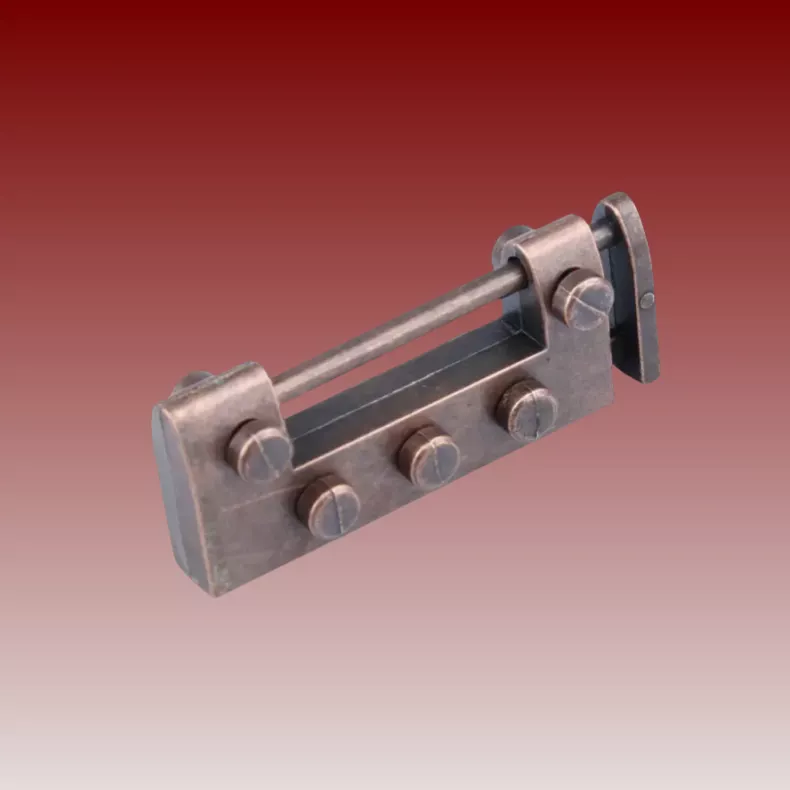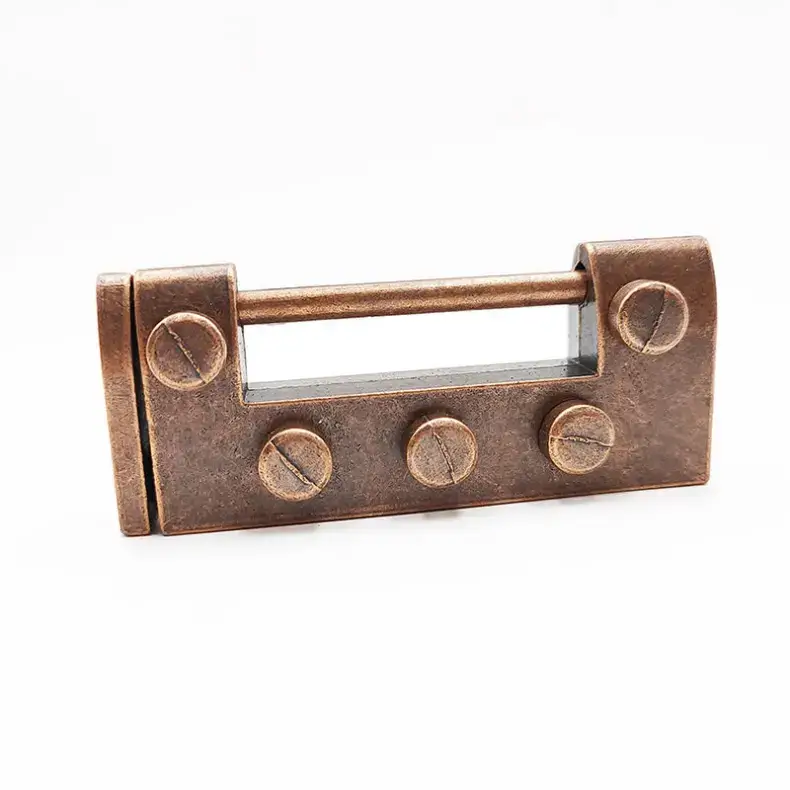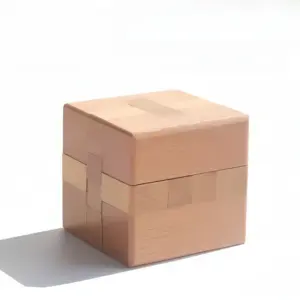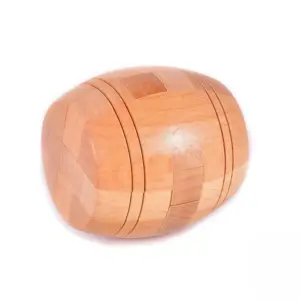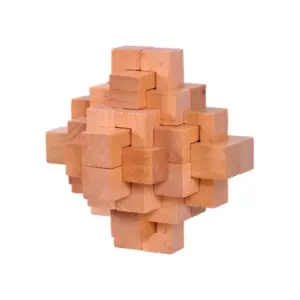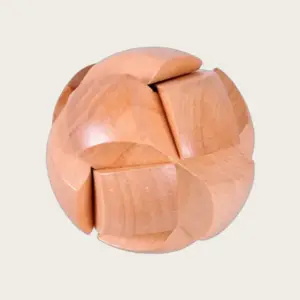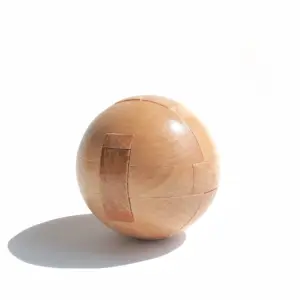In the realm of puzzles and brain teasers, there exists a fascinating category that combines historical charm with modern intellectual challenge: the antique lock puzzle. These enigmatic devices, inspired by ancient locking mechanisms, are not just mere novelties but rather sophisticated puzzles that require a blend of observation, deduction, and manipulation to unlock. Let’s delve into the captivating world of these antique lock puzzles and explore their unique features, historical significance, and the intellectual entertainment they offer.
Introduction to Antique Lock Puzzles
Antique lock puzzles are designed to mimic the intricate mechanisms of ancient locks, often incorporating traditional craftsmanship and mechanical structures. Unlike modern locks, these puzzles do not rely on keys but instead challenge the solver to decipher a hidden combination or sequence of movements. The absence of keyholes adds to the mystique, making these puzzles a true test of wit and persistence.
Antique Lock Puzzle
📜 INTERESTING: A Replica Steeped in History and Mystery
- Authentic Design Based on Ancient Chinese Mechanical Principles – Faithfully reproduced from traditional designs dating back centuries
- Premium Copper Alloy Construction – Hefty weight and vintage patina deliver authentic tactile experience
- Hidden Keyhole Mechanism – No obvious entry point challenges conventional thinking
- Sophisticated Internal Gearing – Multiple rotating disks with precise notch alignment required for solving
- Expert Difficulty Level – Designed to challenge even experienced puzzle enthusiasts
The Mechanics of Antique Lock Puzzles
One of the most intriguing aspects of antique lock puzzles is their mechanical complexity. For instance, a common type features five small cylinders that must be rotated to specific angles to unlock the mechanism. This might seem straightforward, but the challenge lies in determining the correct sequence without any visible clues or markings.
Solving the Puzzle: A Blend of Logic and Observation
Solving an antique lock puzzle is an exercise in patience and observation. Here’s a step-by-step approach to tackling such a puzzle:
- Initial Exploration: Begin by manipulating the cylinders in various directions to understand how they interact with each other. This initial exploration can reveal subtle clues, such as which cylinders are movable and which are fixed.
- Identifying Patterns: As you rotate the cylinders and attempt to open the lock, pay attention to any patterns or movements that occur. Some cylinders might wobble or click into place, indicating they are either correctly aligned or need adjustment.
- Iterative Trial and Error: Use a process of trial and error to refine your approach. Each attempt provides valuable feedback, helping you narrow down the possible combinations.
- Logical Deduction: Once you’ve gathered enough information, use logical deduction to eliminate incorrect positions and focus on the most promising combinations.
Historical Significance and Cultural Value
Antique lock puzzles not only provide intellectual entertainment but also serve as a window into the past. They reflect the ingenuity and craftsmanship of ancient civilizations, showcasing how mechanical puzzles have evolved over time. These puzzles embody a blend of traditional craftsmanship and modern problem-solving techniques, making them both educational and engaging.
The Appeal of Antique Lock Puzzles
So, what makes antique lock puzzles so appealing? Here are a few reasons why they stand out:
- Intellectual Challenge: These puzzles offer a stimulating mental workout, requiring solvers to think creatively and strategically.
- Aesthetic Appeal: Often crafted from metal alloys and designed with historical accuracy, antique lock puzzles are visually striking and can be displayed as decorative items.
- Educational Value: They provide insight into historical locking mechanisms and the evolution of puzzle design.
- Social Engagement: Solving these puzzles can be a fun group activity, fostering collaboration and friendly competition.
Practical Applications and Uses
While antique lock puzzles are primarily recreational, they also have practical applications:
- Educational Tools: They can be used in educational settings to teach problem-solving skills and introduce students to historical craftsmanship.
- Conversation Starters: Displaying these puzzles in a home or office can spark interesting conversations and showcase one’s appreciation for history and puzzle-solving.
- Therapeutic Benefits: Engaging with these puzzles can help improve cognitive function and provide a calming, meditative experience.
Conclusion
Antique lock puzzles represent a unique intersection of history, craftsmanship, and intellectual challenge. Whether you’re a puzzle enthusiast, a history buff, or simply someone looking for a stimulating hobby, these enigmatic devices offer a rewarding experience that combines logic, creativity, and cultural appreciation. So, take on the challenge and unlock the secrets of these captivating puzzles!

